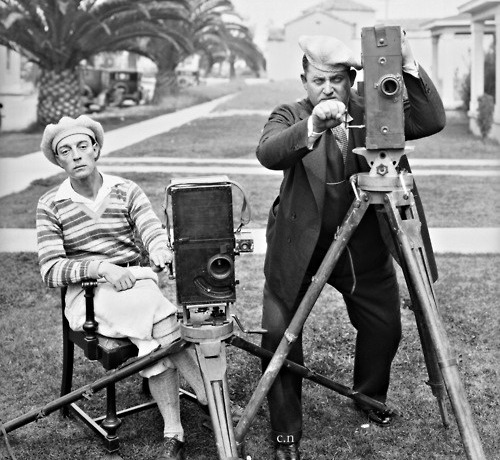
Millions of wine drinkers rely on tasting notes provided by celebrity critics to direct their wine-buying. I’m not going to argue the advisability of such practice except to note that one of the shortcomings of these reports is the way they actually play out.
In a venue where as many as a hundred wines await judgment, the professional taster will swirl, sniff, sip and bring the gavel down in not more than a minute or two before moving on. The problem isn’t necessarily that a skilled taster can’t form an idea of what’s in the glass in that amount of time; it’s that these few moments represent only the thinnest slice of a wine’s useful life; not unlike a still photograph.
But this isn’t the way most of us experience wine. Generally, we linger over a bottle for an hour or more, then button up what’s leftover to enjoy a day or even several days later.
Pulling a cork disturbs the perfect, self-contained environment wine has enjoyed, snug in its bottle, perhaps for years. Exposure to air sets off a series of chemical reactions that alter taste, smell and texture. Some of these changes will be noticeable in just the time it takes to sip a glass or two, but others take longer to show themselves.
When we periodically revisit a wine as it cycles through these changes, we enjoy a fuller, richer and truer view of its character as it emerges over time and gain a deeper appreciation for its virtues (shortcomings, too). It’s a moving picture we’re after, not a snapshot.
Leave yourself something to come back to and there’s a good chance you’ll discover features you didn’t suspect existed when the wine was fresh from the bottle.
Hey, you! Quiet on the set!